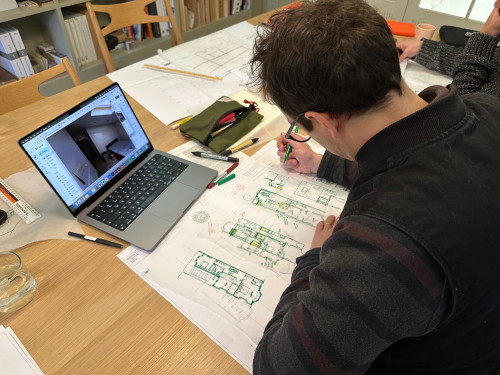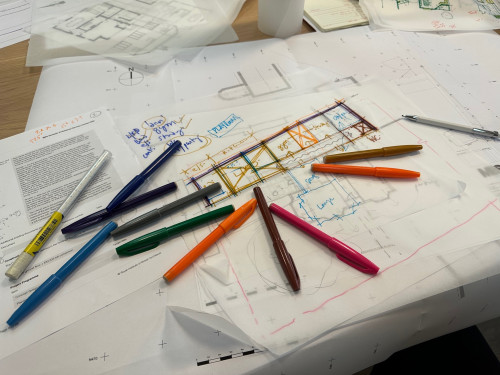How do you prepare for an Architectural Project?
16 October 2024 by Chris Kempster
Old browser alert! We have detected you are using a pretty old browser. This website uses cool features that can't be supported by your browser.
If we let you see the website it would look all weird and broken, nobody wants that!
Update your browser!16 October 2024 by Chris Kempster
Embarking on an architectural remodelling project is an exciting journey, full of possibilities to transform your home or working space into something new that better suits your specific needs. However, to ensure that the project runs smoothly and results in the desired outcome, thorough preparation is essential. Whether you're renovating a single room or reimagining an entire property, the following steps will help you prepare effectively for your architectural remodelling project.

Understand Your Vision: Before meeting with an architect, take the time to clarify your vision. What do you want to achieve with the remodel? Are you looking to increase functionality, update the style, or add more space? Write down your goals and priorities. The clearer your understanding on what it is you are trying to achieve, the better the briefing process will be.
Identify Must-Haves vs. Nice-to-Haves: Not all features are equally important. Separate your list into must-haves and nice-to-haves to make decisions easier during the design process.
Determine Your Budget: Establish a clear budget that includes not just the construction costs but also design and other professional fees, licenses and statutory fees, materials, and a contingency fund for unexpected expenses.
Be Transparent: Share your budget with your architect from the beginning. This helps them design within your financial constraints and avoid costly surprises later.
Research and Recommendations: Look for architects who have experience with projects similar to yours (and are familiar with the area geographically). Ask for referrals, review their portfolios, and check references. Speaking with a recent client is always beneficial.
Communication is Key: Select an architect who listens to your needs, communicates clearly, and is willing to collaborate with you throughout the project. Good communication is crucial for translating your ideas into a workable design.
Practice size and diversity of skillset is also important; are you looking for a hands off cut-and-paste, or something more bespoke and tailored to your needs, where continuity of an approachable team are as important as the process and end result.
